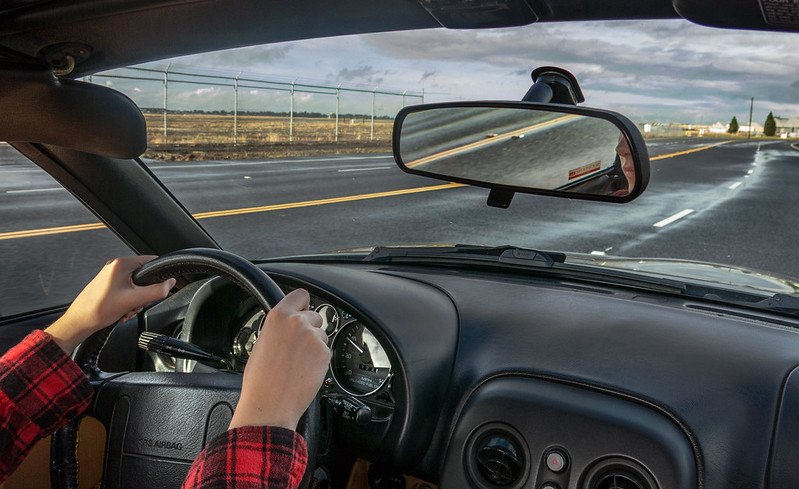
California law, effective January 1, 2023, will assure those who file bankruptcy that they can keep their car as long as they stay current on payments. No longer does a debtor have to give up their discharge as to the car lender to be sure of keeping the car.
The same bill, SB 1099, increases the exemption for equity in a car (or cars) to $7500, from the previous $3525.
Ride-through axed in 2005
This change in the law reverses a provision of the bankruptcy “reform” act of 2005 that eliminated the right to have a car loan “ride through” a bankruptcy. The 2005 bankruptcy bill allowed lenders to treat the mere act of filing bankruptcy as a breach of the loan agreement.
Before 2005, just filing bankruptcy could not be treated as a default under the loan. So long as payments were current, the loan, and the lien on the car, remained unchanged. If after the bankruptcy discharge, the borrower fell behind on car payments, the lender could repossess the car, but couldn’t sue the borrower for any shortfall between the auction value of the car and the loan balance.
Ride-though restored
Under the new law, ride through is again the law of California. Keep paying on the car, and you can keep driving.
Eliminated as a result of this legislation is the need to reaffirm the car loan, and give up the discharge as to the car loan. The requirement to reaffirm the loan to be certain the car wouldn’t be repoed after bankruptcy put debtors in a horrible position. Waive the discharge to be sure of keeping the car, or risk waking up some morning and finding the car towed, even though you were current on the payments.
Kudos to California State Senator Bob Wieckowski for introducing the bill, to NACBA who promoted it in the legislature, and to Governor Newsome for signing the bill.
SB 1099 made other, significant improvements to California exemptions that we’ll examine in later posts.
More
Exemption changes benefiting women
Protecting college savings in California bankruptcy





